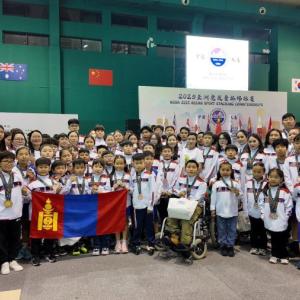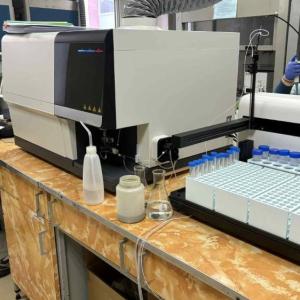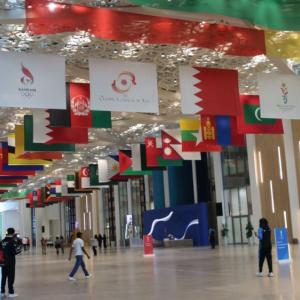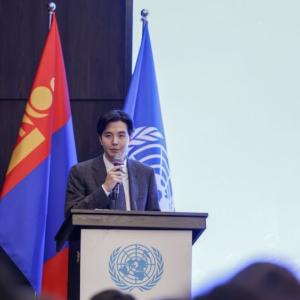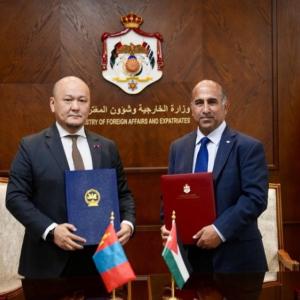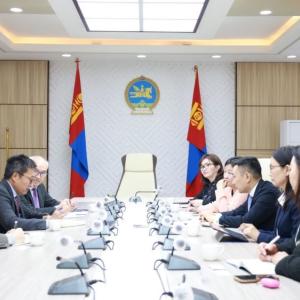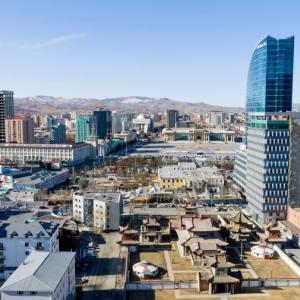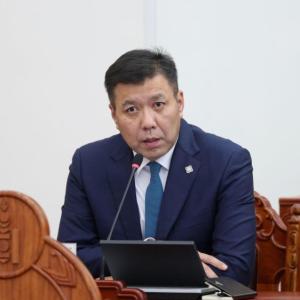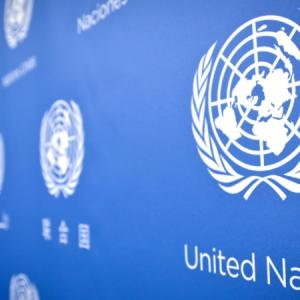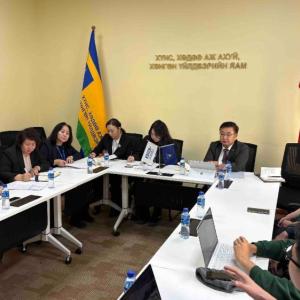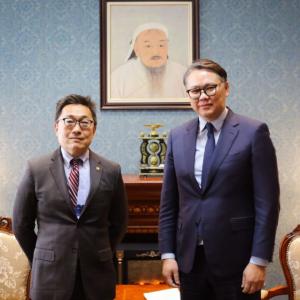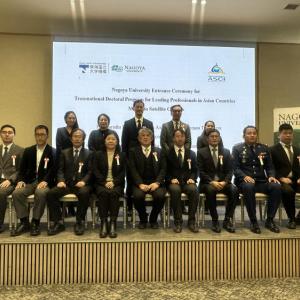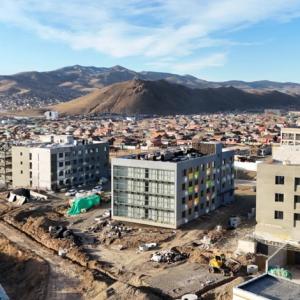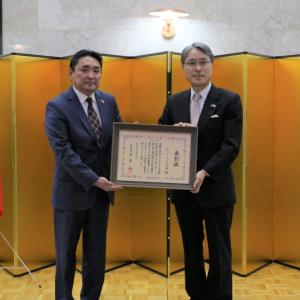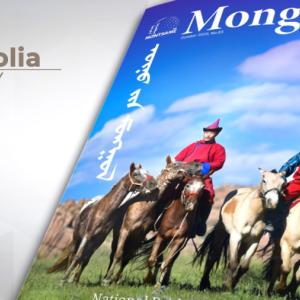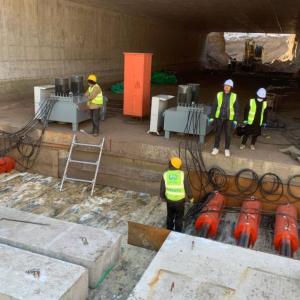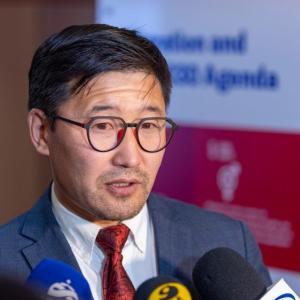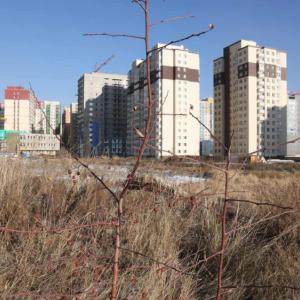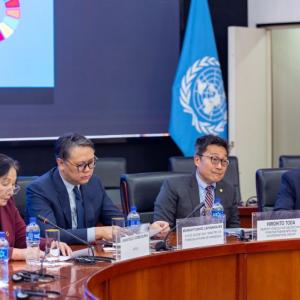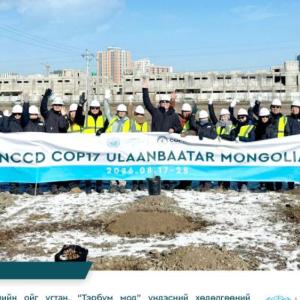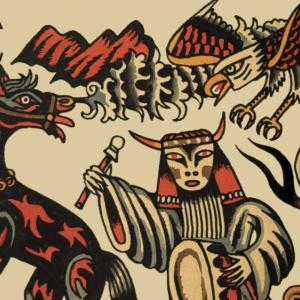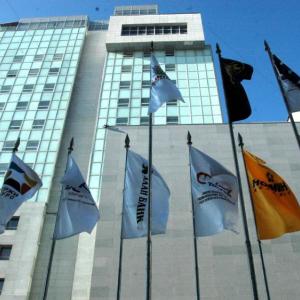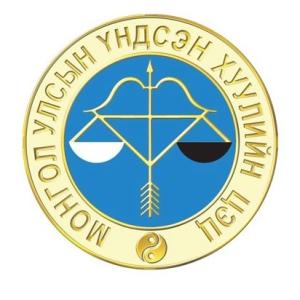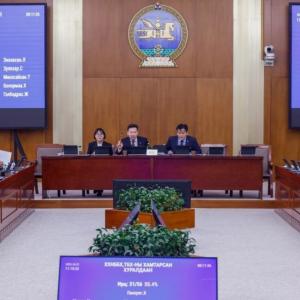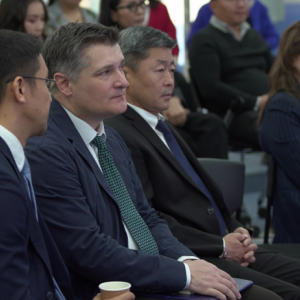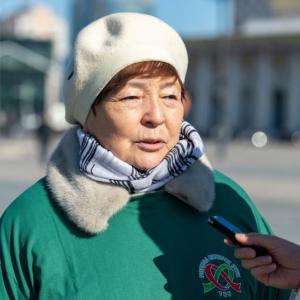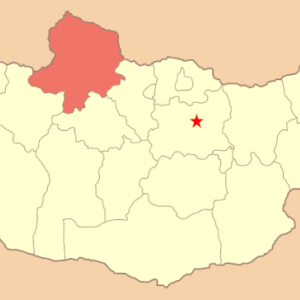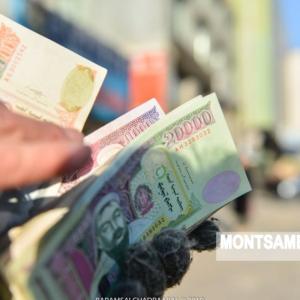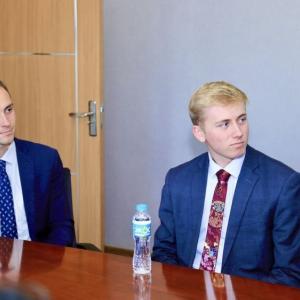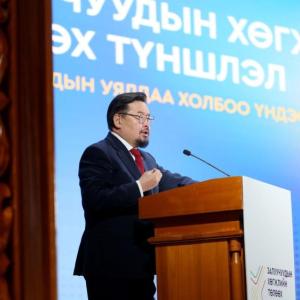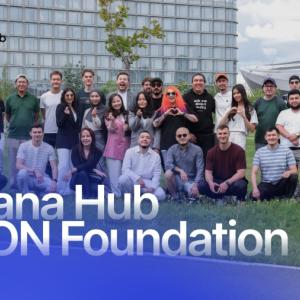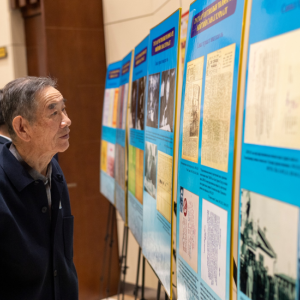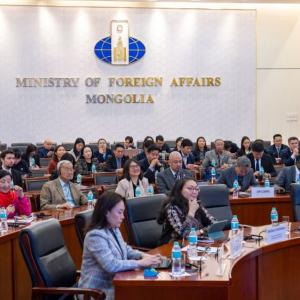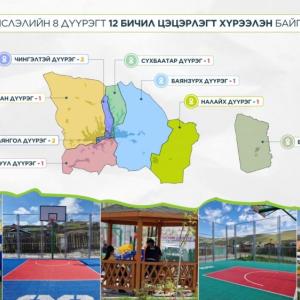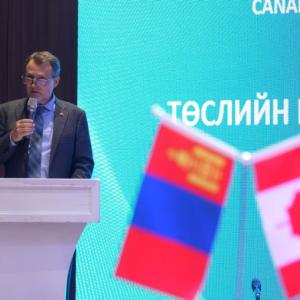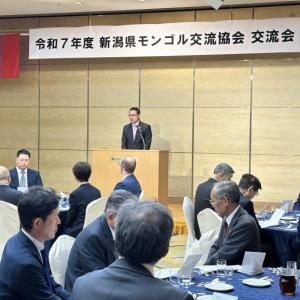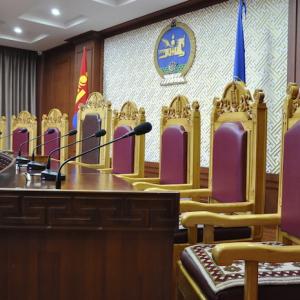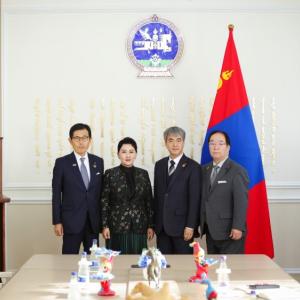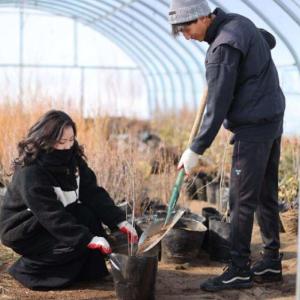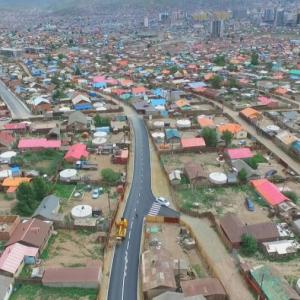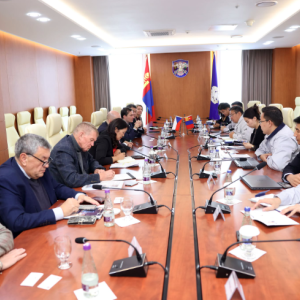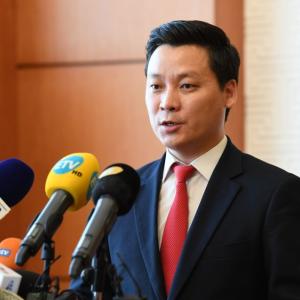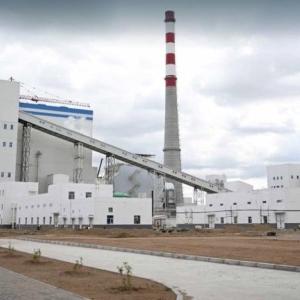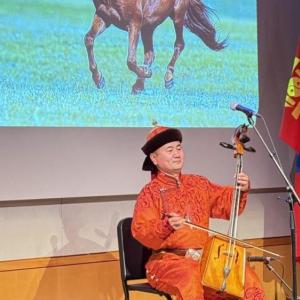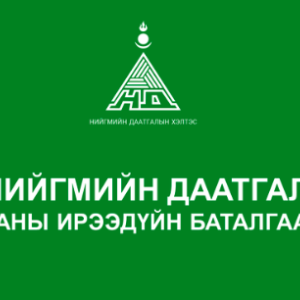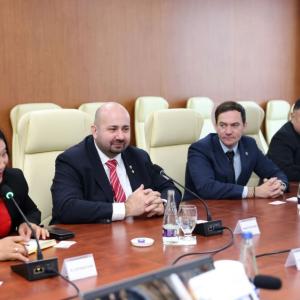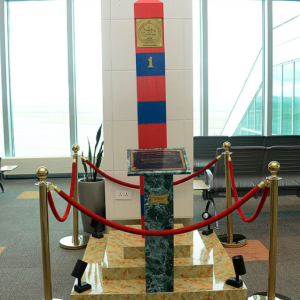Wool and Cashmere companies learning sustainable finance
Economy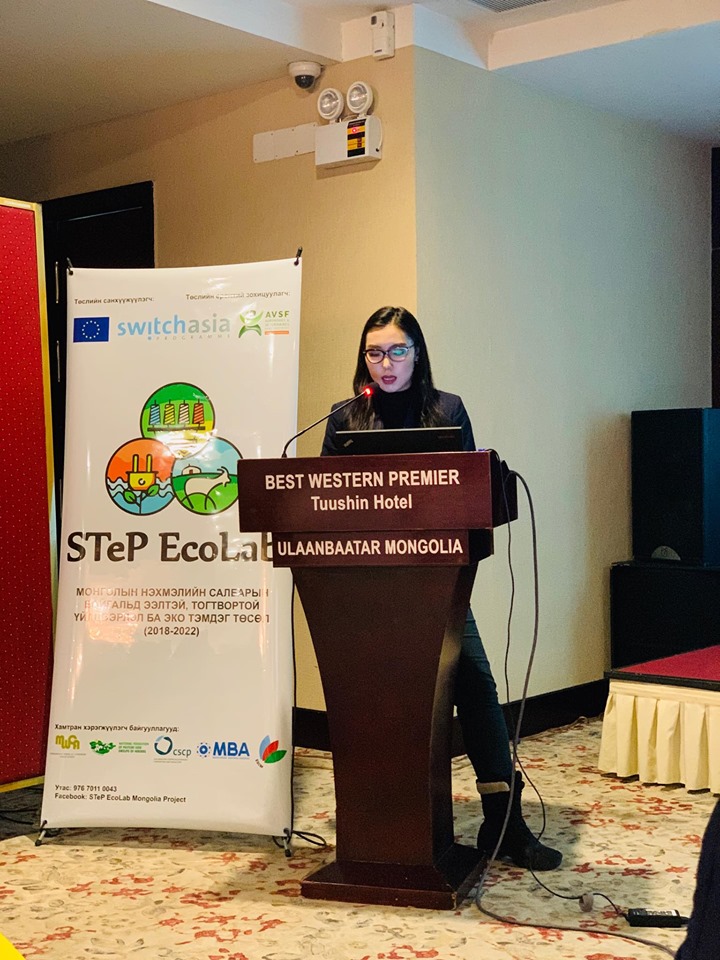
Uaanbaatar /MONTSAME/ The ToC (an abbreviation of Тогтвортой санхүү, sustainable finance in Mongolian) or Mongolian Sustainable Finance Initiative has been in effect in Mongolia since 2013, and all Mongolian commercial banks have joined the initiative, and developing 8 principles and 4 sector guidelines of sustainable financing, and adhering to these principles in their lending and financial activities.

On January 16,
2020, the largest EU-funded textile project STeP EcoLab
collaborating with ToC, organized a workshop for wool and
cashmere companies, commercial banks and representatives of international
organizations to disseminate the sustainable financing guideline in the
textile industry in Mongolia, which is the fifth sector guideline of ToC. The need to
develop industry guidelines for this sector is essential as the cashmere
sector is a strategically important sector in Mongolia, and there are many
projects and programs in place to create a "sustainable
cashmere" in Mongolia. In terms of wool and cashmere production, processing of raw materials may be related to
the agricultural sector, while
processing of finished goods and end products may be related to the
manufacturing sector. This situation has also led to the development of
separate sustainable financing guidelines for the textile sector. With
the sector guideline, banks can easily make the
environmental and social risk assessment of loans given to the textile
sector.
Also, the green finance market demand study of the textile sector in
Mongolia was presented during the workshop, which shows
that the green finance demand for the textile sector is around MNT 576 billion
and that the available green and sustainable finance sources in the
textile sector are MNT 75 billion. Consequently,
funding for SMEs in the industry to meet the green finance demands required to
make their activities environmentally friendly and green is currently
insufficient in the market or whose demand is 3.3-7.6 times higher than their
potential supply. However, only one cashmere processing company applied for a potential
75 billion MNT and received funding of MNT 150 million. The reasons for it are,
firstly, the factories operating in the textile industry have little
information on available sources, and on the other hand, the
programs and projects that provide funding are failing to spread the
information. Secondly, the companies which operate in the sector
express that they have no interest in high-interest loans and
funding within the purpose to make their operations sustainable and green because
of the fear of financial burden and risk. For them, the most important need for
loans and additional funding is to keep their raw material preparation more stable,
improve their equipment capacity, maintain working capital, labor
costs, operating costs and continuous production operations rather than green
and sustainable production.
However, as banks have solid sustainable finance
guidelines for the textile sector and accurate information on market demand, there may
more loan products and funds for textile companies. On the
other hand, for the wool and cashmere companies, they have one step ahead to
get information on available green sources in the market and to have their
environmental and social risk assessments made by banks more
easily. These activities were part of the STeP EcoLab project within the
framework of the EU-funded SWITCH ASIA and further works will be
done to bring sustainable green finance closer to the textile industry
throughout the project. The bottom line is that the project team and partners
are working hard to build a solid foundation for further development of
sustainable cashmere.
 Ulaanbaatar
Ulaanbaatar





